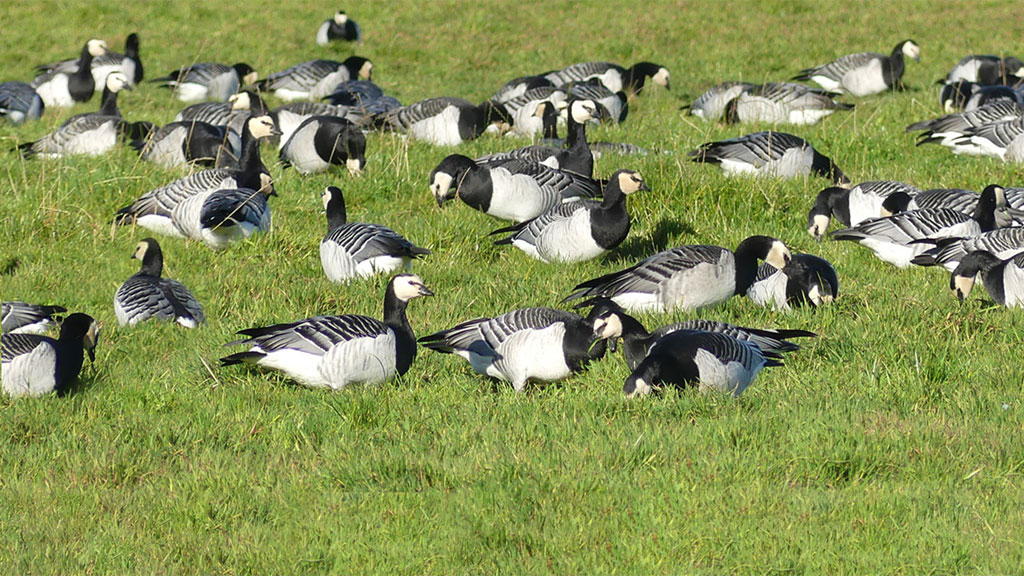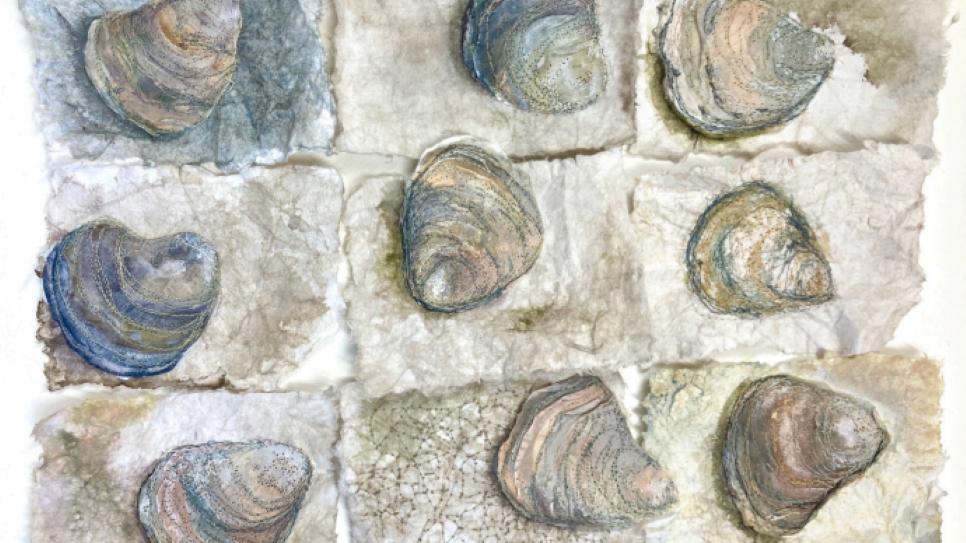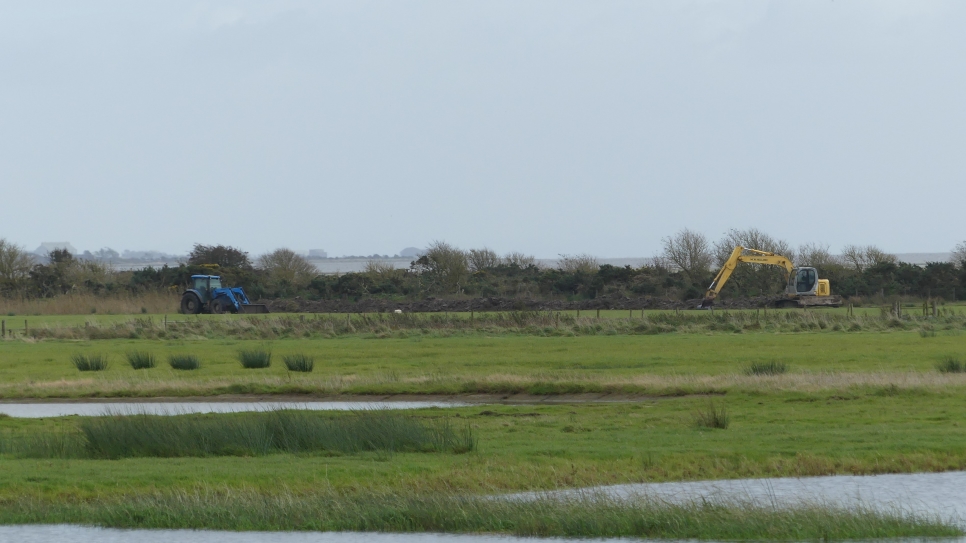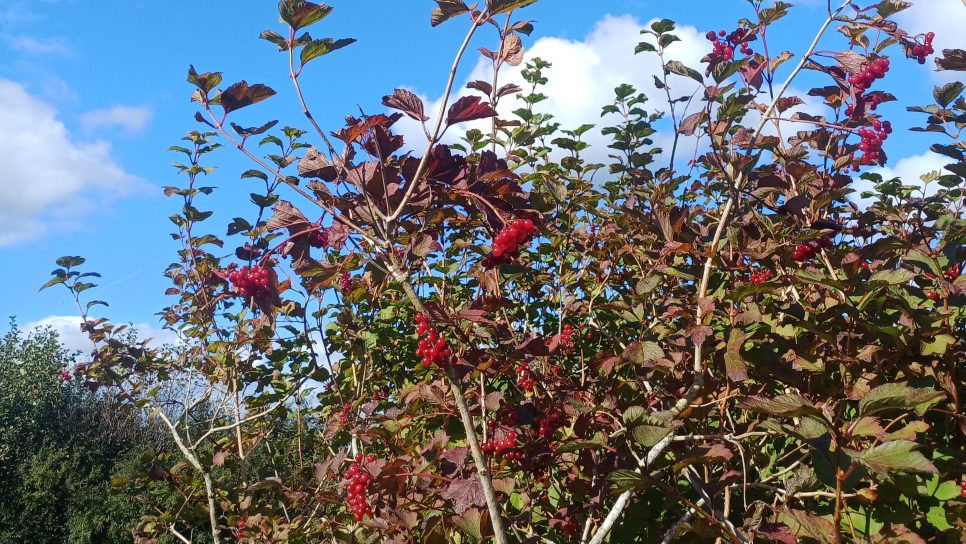Watery Awakenings
All winter, strange creatures have been hibernating at the bottom of the pond. In spring, the pond is starting to awaken...

All winter, strange creatures have been hibernating at the bottom of the pond. In spring, the pond is starting to awaken.
From February and March, frogs emerge to mate and lay frogspawn. By May, there are tadpoles and in a warm year, they have started to grow their back legs and finally their front legs. In June froglets are abundant around the edge of ponds!

Dragonflies lay their eggs into the water in late summer and these hatch into larvae. The larvae spend the winter at the bottom of the pond and start to become more active as the water warms with the rising sun. A voracious predator, their projectile jaws shoot out to catch unsuspecting passing creatures, such as tadpoles. As they grow, they hatch out of their skin, in ‘instars’ and some spend 2-3 years underwater. When ready, they will climb a plant stalk and hatch out of their skins for the last time, this time into a dragonfly. Leaving their ‘exuviae’ on the plant, they sit with their wings out to dry before flying away to feed on the wing.
Caddisflies have little protection from predators such as dragonflies, so they construct an outer shell from items in their local environment.As well as providing protection, it also means they are camouflaged.In our ponds this includes vegetation, but in upland streams some species will use stones and tiny bits of rock.They will then create silk which ties them into their new home, so they can’t be pulled out. In our ponds, they often look like swimming sticks, so when pond dipping, look for any movement of vegetation and you might spot their heads poking out as they swim around in their homes. They will eventually crawl out of the water and hatch into caddisflies, a beautiful creature which you may find settling on your coat, whilst sitting next to a pond or stream!

Bloodworms like to live at the bottom of the pond in the mud. They are bright red in colour due to the haemoglobin in their bodies which helps them breathe in oxygen-poor conditions. It feeds headfirst into the mud with its body wriggling continuously.
Daphnia are an important part of the food chain in the pond as they are the food source of many creatures. Feeding on microscopic algae and bacteria, they are actually water fleas. There are 80 different species, known collectively as ‘daphnia’. Tiny creatures, these crustaceans look orange in colour from a distance. There are thousands of them in the pond and when pond dipping, you will see them congregating in the corners of the trays. If you look at them closely with a magnifying glass, you will see they are fascinating creatures, with see-through bodies. You can see their eyes and gut and if you’re lucky, you may see eggs inside them!
Water boatmen are the most commonly known pond creature. One of the largest creatures to be found when pond dipping, they scoot around the pond using their oar-like legs to power them along. Their white colouration on their lower side whilst swimming, means creatures below can’t see them as well against the sun, and being black on their upper side means they can’t be seen from above against the dark depths of the water. At night they ‘sing’ by rubbing together sound-pegs on their front legs to create calls which can travel up to 5 miles in the water.
To find out more about these fascinating creatures and see them for yourselves, why not try doing some pond dipping! We have self-guided pond dipping available at WWT Caerlaverock daily, all through the summer.



